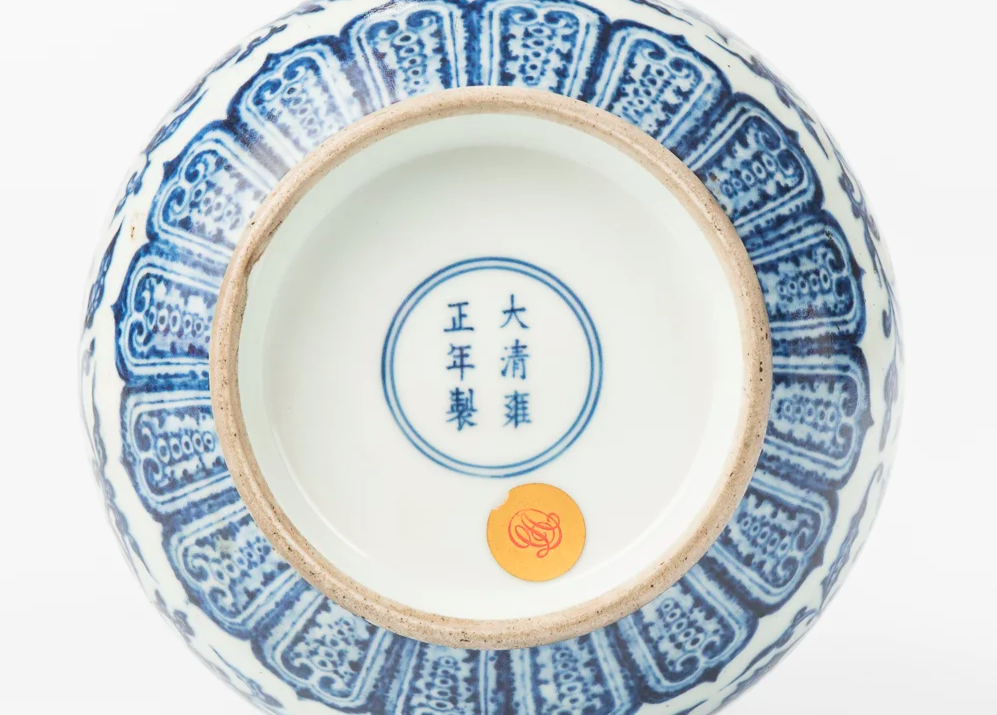Market
An 18th-Century Chinese Vase Found in a New England Home Just Sold for $1.6 Million in an Online Auction—More Than 320 Times Its Estimate
The vase was estimated to sell for just $5,000.

The vase was estimated to sell for just $5,000.

Caroline Goldstein

A blue and white vase with an elongated pear-shape and lotus-flower mouth opening dating from 18th-century China just fetched $1.6 million at auction—320 times its pre-sale estimate. It was discovered in the country home of an anonymous New England family, where it had been for generations.
The vase, which sold as part of Boston-based Skinner Auction House’s sale of Asian Art Works Online (June 9–18), netted more than half of the sale’s total, which edged above $2.5 million, and featured other smaller-ticket items from the same family’s collection.
Skinner’s Asian art specialist Judith Dowling acknowledged the pristine condition of the vase, which is covered in an allover lotus scroll pattern, and adorned with two animal masks on each shoulder. But what makes this work so unique, Dowling says, is not just its exquisite condition and appealing design. The work carries two reign marks on the bottom; a six-character Yongzheng mark and a double circle; many copies in this style were created, but finding one with these two marks is exceedingly rare at market, and a “critical aspect” to its success, Dowling said.

Detail of the “reign marks” on the Blue and White Lotus-mouth Bottle Vase. Courtesy of Skinner Auctions.
“Even before you know what it is, you just know it’s something special,” Dowling said. In 2014, Dowling oversaw the sale of a Qing dynasty vase that shattered records when it sold for $24.7 million dollars. It had arrived to her office from an appraisal covered in dust, but after applying a wet towel, she knew immediately it was a game-changing discovery.
As the oldest auction house in New England, Skinner specialists are regulars at antique roadshows, where many old New England families end up with treasures from Asia, “this area has a wealth of material, and a great deal of that is Asian material.”
The buyers, though, are often Chinese and well-versed in the provenance of works like the blue and white lotus-mouth bottle vase. When Asia Art Week was cancelled this March, all of the sales were pushed to the summer, but that didn’t stop buyers from flocking to the virtual auction. Though there were some 16 bidders volleying for the vase, Dowling said, “it only ever takes two people… to know what something is worth and compete to win it.”